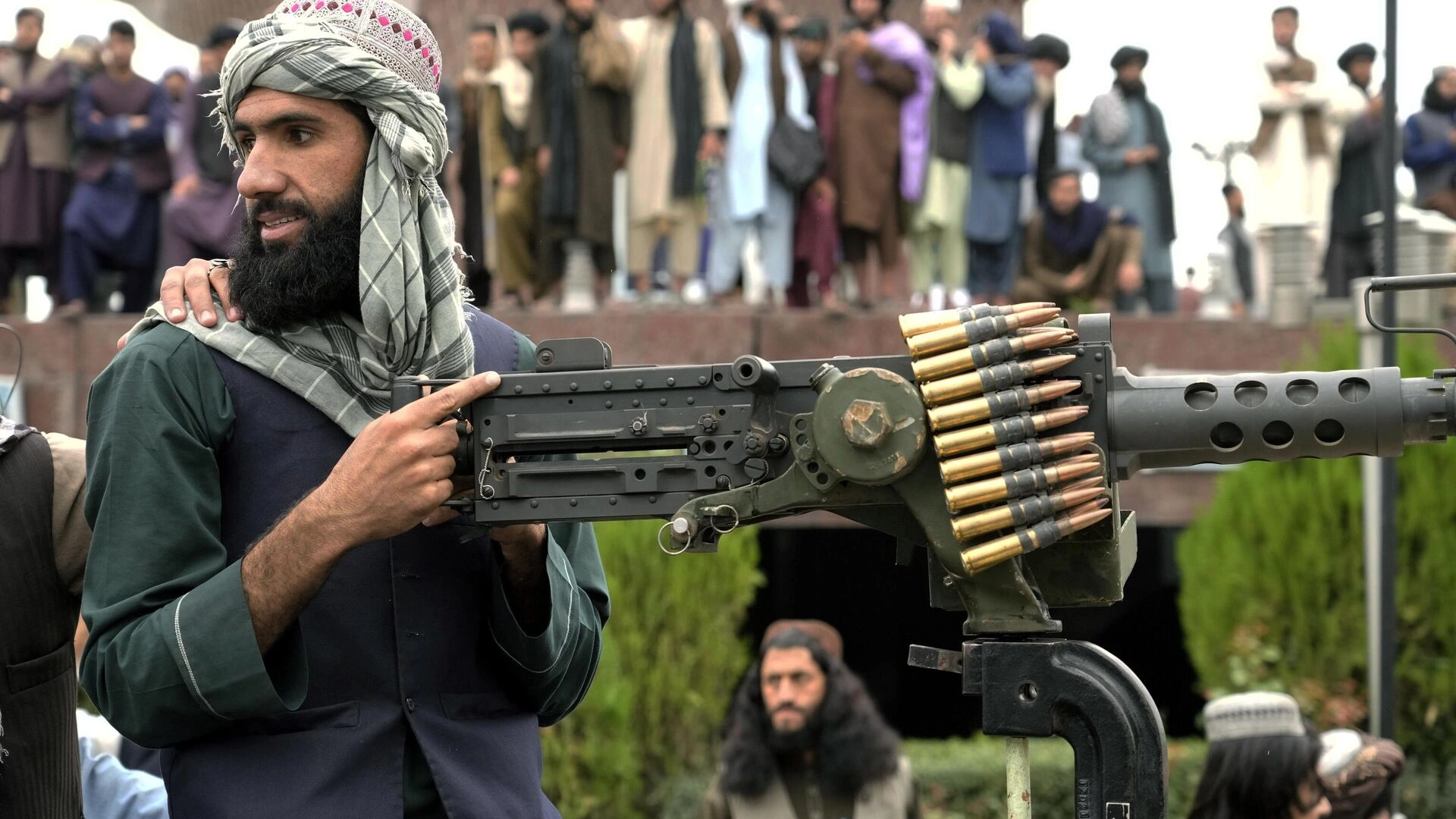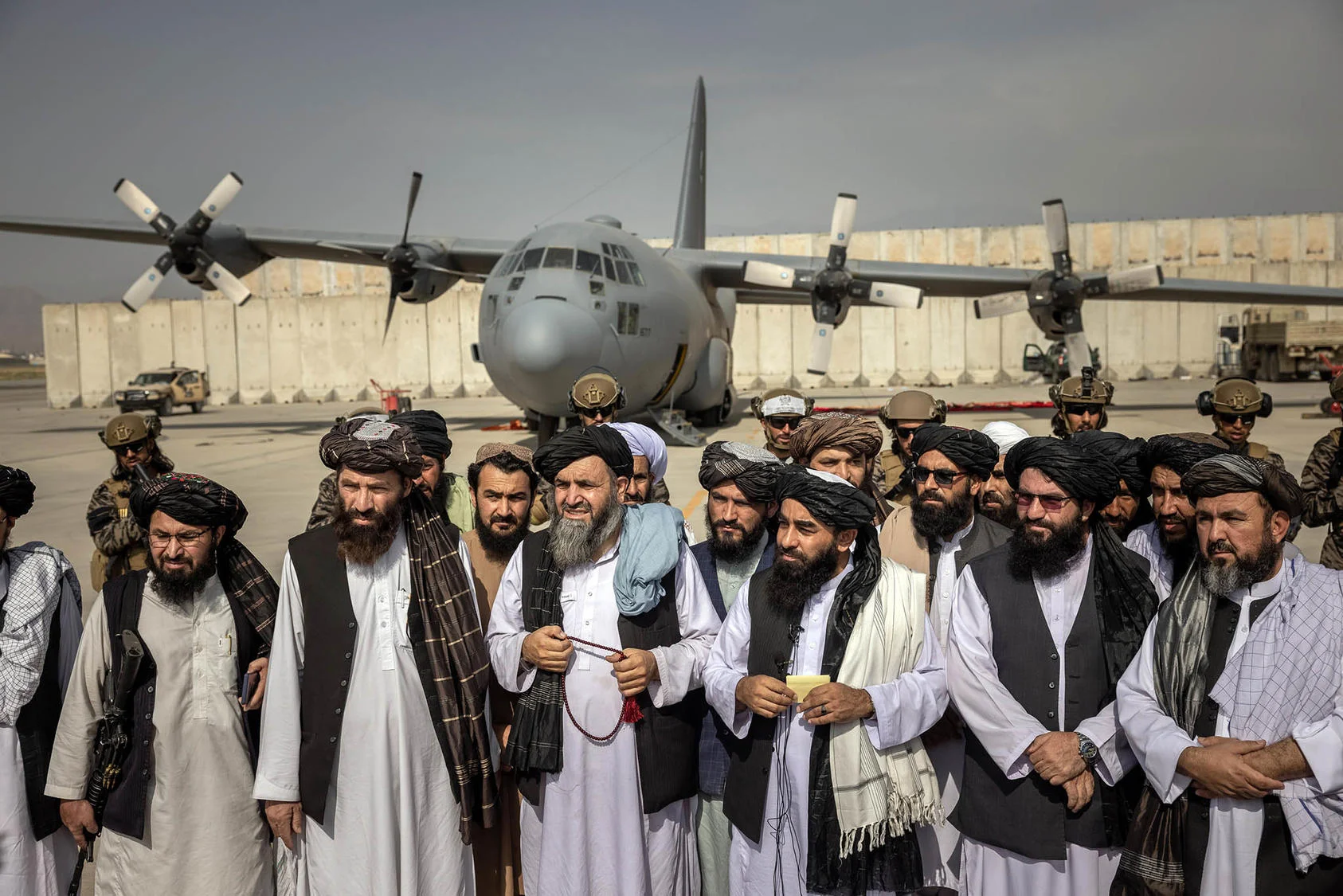In a period marked by growing great-power competition and the need for reliable global supply chains, the United States has an opportunity to expand its economic engagement beyond its traditional partners and explore underutilized strategic avenues. Pakistan represents one such avenue, with potential that has often been overlooked. Historically, the US-Pakistan relationship has been viewed mainly through a security lens. A shift toward a framework that prioritizes strategic investment could support influence, promote shared economic growth, and contribute to regional stability.
A Tale of Missed Opportunity
The most telling metric of this missed opportunity is Foreign Direct Investment (FDI). While 83 American firms operate successfully in Pakistan, generating over $3 billion in annual revenue, the headline FDI figures are alarmingly low. After a promising rise, direct US investment plummeted to a mere $127 million in 2022. To put this in perspective, consider the regional contrast. In 2021, US companies poured billions into Vietnam and over $4.1 billion into Bangladesh. This glaring disparity doesn’t reflect a lack of opportunity in Pakistan, but rather a dated risk perception that ignores the profound economic transformation currently underway.
The Trillion-Dollar Foundation: Strategic Minerals
At the forefront of this transformation lies Pakistan’s staggering mineral wealth, valued at an estimated $6–8 trillion. With globally significant reserves of copper, gold, lithium, and rare earth elements, Pakistan is a prime candidate to help the US diversify its critical mineral supply chains, a cornerstone of national security and technological leadership. High value projects like the Reko Diq mine, projected to generate $74 billion over its lifespan, are already attracting serious American attention, evidenced by the US Ex-Im Bank’s evaluation of a financing package. Investing in Pakistan’s mineral sector is a direct route to securing the raw materials essential for the US clean energy transition and high tech manufacturing, while simultaneously counterbalancing China’s entrenched influence in regional resource markets.
The Digital Gold Rush: Tapping into Tech Talent
Beyond resources, Pakistan’s new economy is developing in other sectors too, particularly in the Information Technology sector. The country has rapidly emerged as a global freelancing powerhouse, consistently ranking in the top four worldwide. This isn’t just about gig work, it’s indicative of a deep well of skilled, English-speaking, and cost-competitive tech talent. Pakistan’s IT exports have surged, on track to cross $3.5 billion, with the United States already being its largest market. This existing relationship is a solid foundation upon which to build, moving from service outsourcing to direct investment in software development centers, fintech innovation, and tech startups.
Powering the Future: Energy and Food Security
The energy sector presents another critical nexus for partnership. As the world navigates a complex energy transition, Pakistan offers vast potential in renewables. The Gharo-Jhimpir wind corridor in Sindh province alone has a potential of over 50,000 MW of clean energy. For the US, supporting the development of this resource is a win-win as it aids a strategic partner’s energy security, creates opportunities for American renewable technology firms, and it also aligns with global climate goals.
A recent statement by President Trump on the joint exploration of oil resources in Pakistan reflects the United States’ interest in investing in Pakistan’s energy sector. Such investment in Pakistan’s energy infrastructure can serve as a strategic hedge, supporting stability in an increasingly volatile global market.
Similarly, the agritech sector offers solutions to a global challenge, food security. Pakistan is an agricultural powerhouse, but it suffers from significant inefficiencies. Post-harvest losses, for instance, can be as high as 40% for perishable goods. This presents a clear opportunity for US investment in modern logistics, cold storage chains, and water management technologies like drip irrigation to help address the country’s pressing water scarcity issues. Such investments would not only generate strong returns but would also bolster the resilience of a key food-producing nation.
The Human Capital Advantage
Underpinning all these opportunities is Pakistan’s most valuable asset, its people. With over 60% of its 240 million-strong population under the age of 30, Pakistan possesses a massive demographic dividend. This translates into a dynamic, tech-savvy workforce and one of the largest and fastest-growing consumer markets in the world. For American companies, this is a dual opportunity: access to the talent needed to power 21st-century industries and a burgeoning middle class eager for quality goods and digital services. Furthermore, the successful and affluent Pakistani-American diaspora can act as a vital bridge, channeling capital, expertise, and confidence back into their country of origin.
De-Risking Investment: The SIFC
Acknowledging the potential requires honestly addressing the perceived risks. Concerns over political volatility and bureaucratic red tape have historically been the primary deterrents for investors. However, the establishment of the Special Investment Facilitation Council (SIFC) is a direct and robust response to these challenges. Designed as a single-window operation with the institutional backing of the state, the SIFC aims to cut through bureaucratic hurdles and, crucially, ensure policy continuity. By insulating major projects from the churn of domestic politics, the SIFC is engineered to provide the predictability and streamlined process that long-term international investors require.
A Call for a New Economic Partnership
Unlocking this vast potential demands a concerted effort. The US and Pakistan must work to revamp their Bilateral Investment Treaty (BIT) and deepen engagement through platforms like the US-Pakistan Business Council. In today’s complex geoeconomic landscape, investment is far more than a financial transaction. It is a powerful tool for building resilience, fostering stability, and projecting influence. For the United States, a strategic, large-scale investment in Pakistan is not a matter of aid or charity, it is a smart, forward-looking policy that promises to deliver immense economic and geopolitical returns for decades to come.






